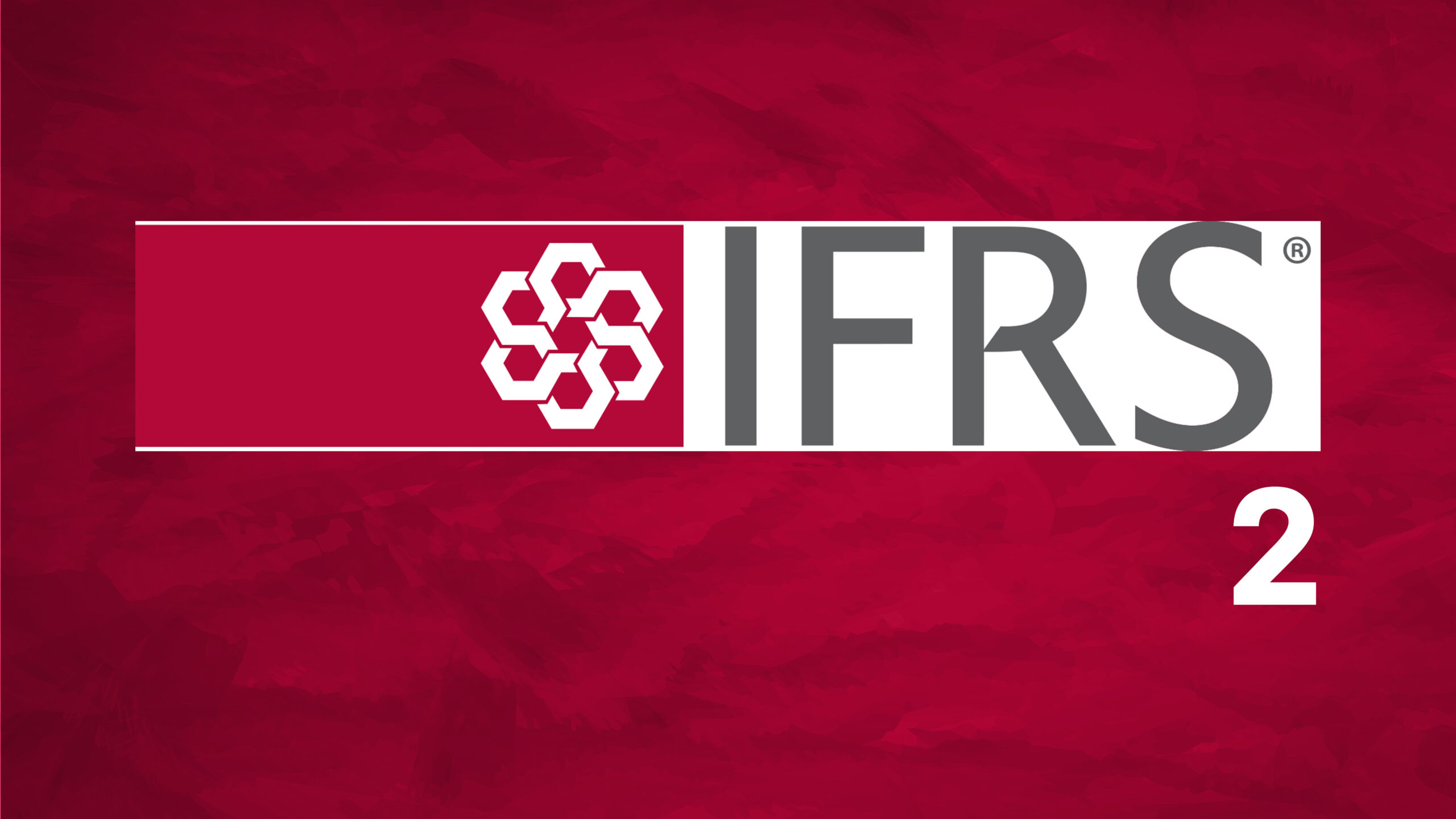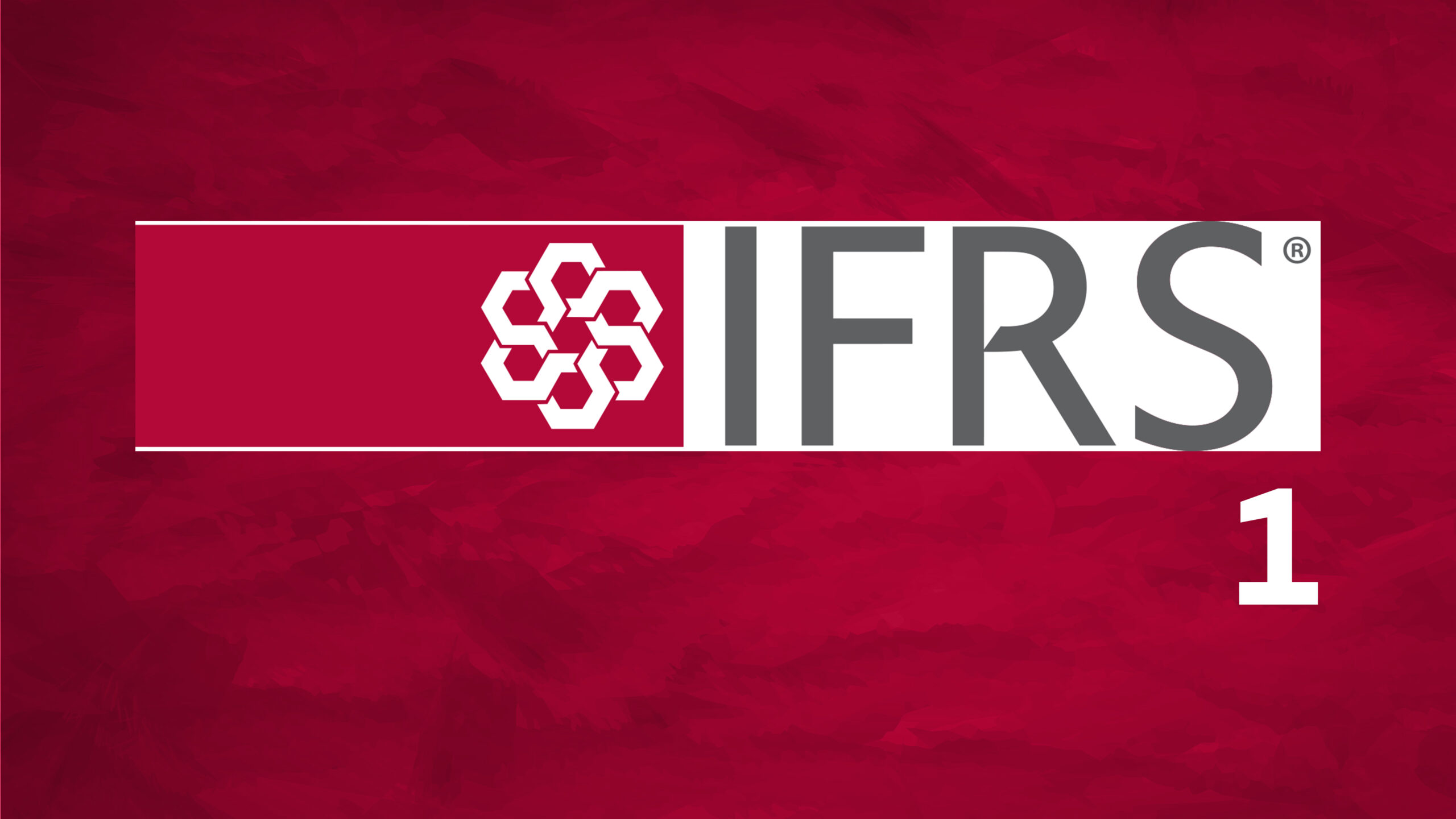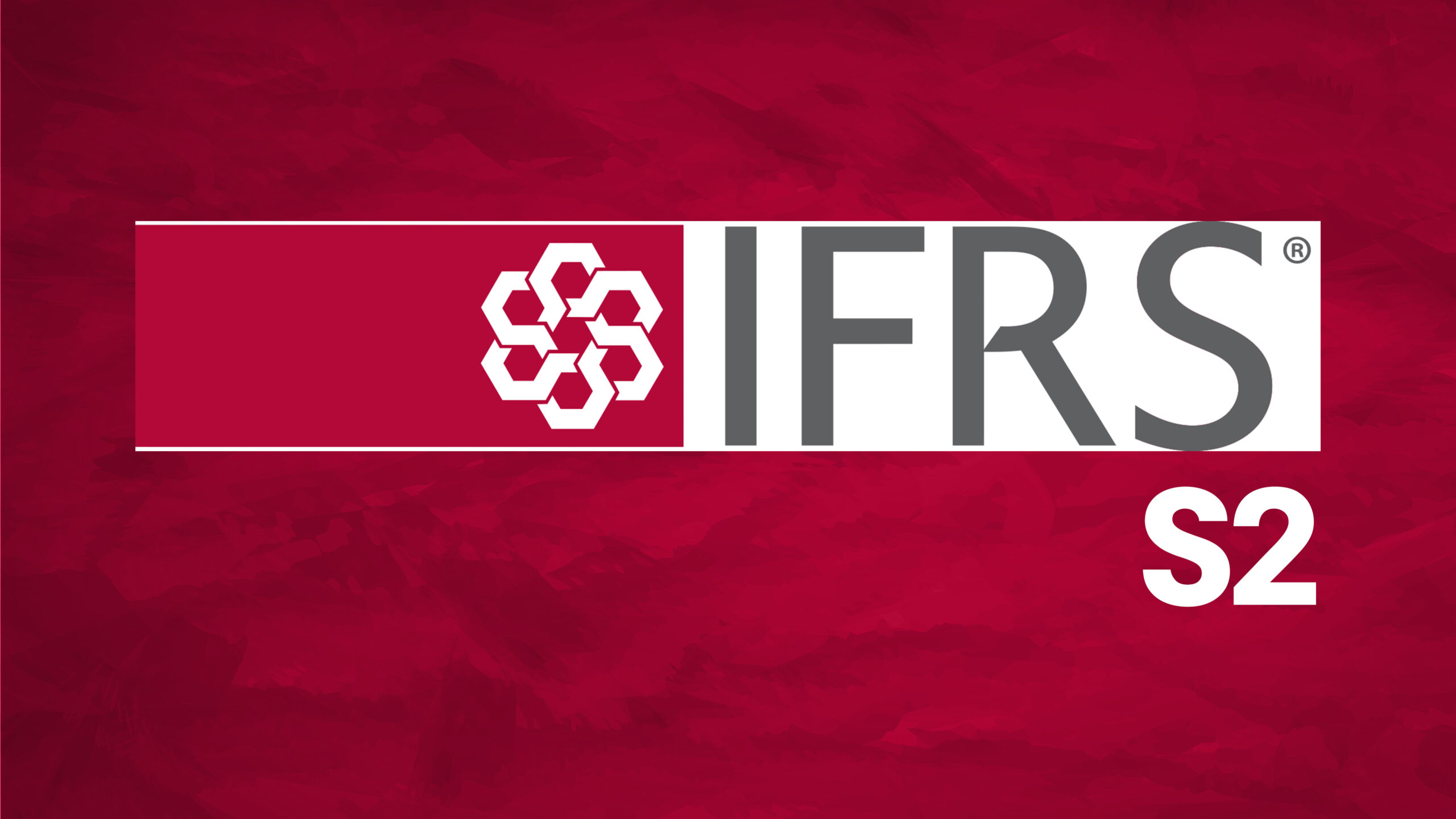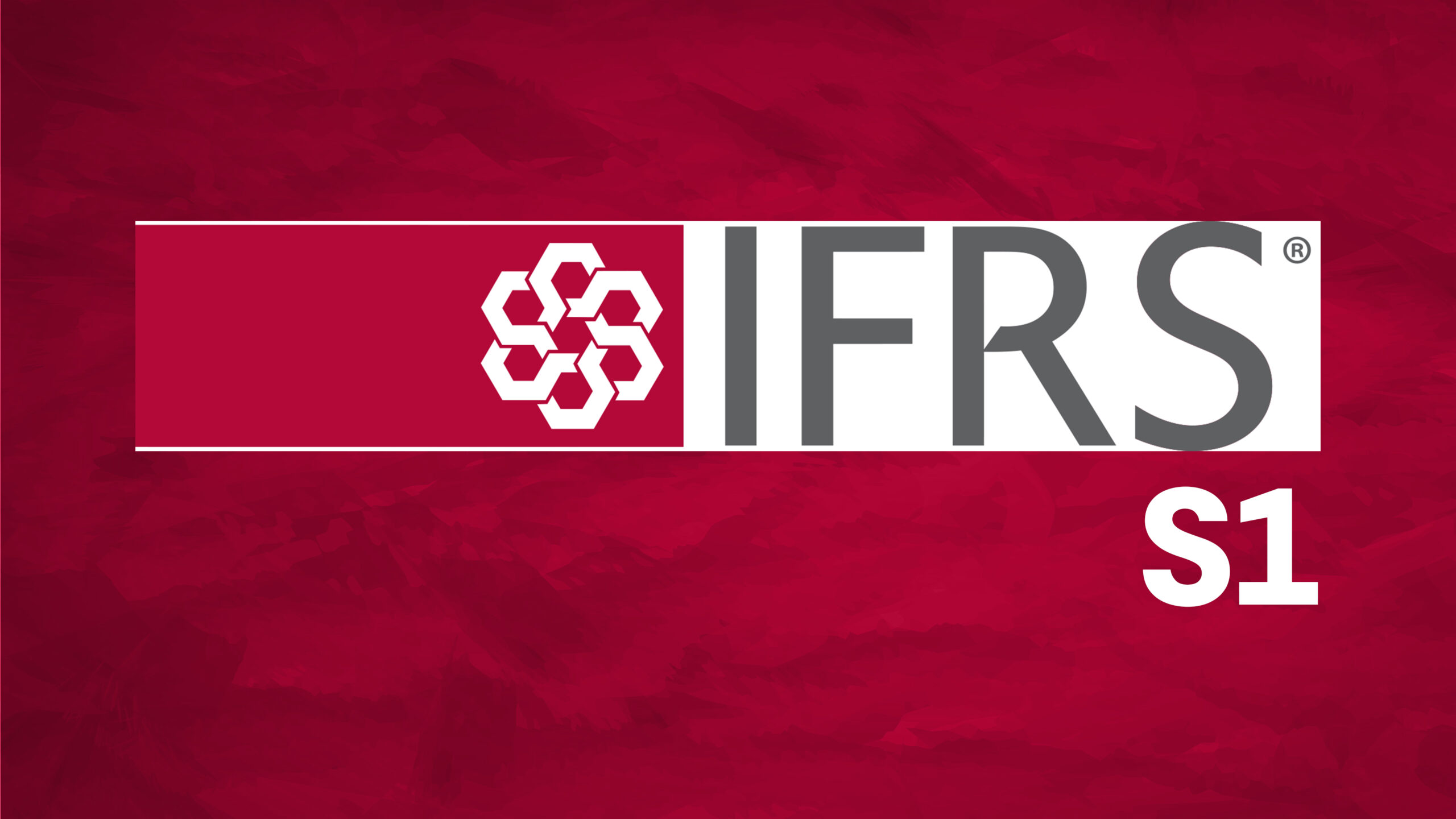
Susan Maina is a content writer at Mugo and Company, where she simplifies Accounting, Auditing, and Forensic Audit services with her finance expertise.
LinkedIn >>What comes to mind when you hear the word “Audit”?
Do you picture stern-faced professionals in tailored suits poring over your financial records, eager to find flaws and errors?
It’s a common misconception – one that paints audits as intimidating, overly formal, and designed solely to uncover mistakes. But in reality, an audit is far more collaborative, insightful, and valuable than that outdated image suggests.
In this article, we’ll unpack what an audit truly involves, demystify the process, and walk you through each key step.
So,let’s dive right in.
The audit process involves a thorough review of an organization’s financial statements: Balance Sheet, Income Statement, and Cash Flow Statement : to verify that they present a true and fair view of its financial position while ensuring compliance with GAAP (Generally Accepted Accounting Principles).
It also assesses financial accuracy by incorporating risk assessment measures to detect fraudulent activities and evaluate the effectiveness of Internal Controls.
The audit procedure involves the following steps:
This is the most critical stage of the audit, as it lays the foundation for the entire process. It includes:
The goal of this phase is to establish a clear understanding of the organization and define an effective audit approach before execution begins.
This phase involves Gathering Audit Evidence to substantiate financial statements accuracy.
Sampling & Substantive Testing
Due to the high volume of financial transactions, auditors apply sampling methods (statistical or judgmental) to analyze representative portions rather than examining every transaction.
Analytical Procedures
Once financial samples are collected, auditors assess patterns and inconsistencies by:
This phase ensures that financial statements reflect accurate and fair financial data.
After analyzing the financial statements and collecting audit evidence, auditors use their technical expertise alongside GAAP principles to form an audit opinion on whether the financial statements present a true and fair view.
Key components of this phase include:
The audit report serves as an official record that organizations use to enhance financial management practices.
After presenting the audit report, auditors conduct follow-ups to ensure that corrective actions are implemented.
Follow-up Activities:
Organizations that fail to address non-compliance issues may be subject to regulatory scrutiny or additional audits.
The audit process plays a crucial role in business operations by ensuring:
A well-executed audit builds credibility and supports informed financial decision-making.
Regular audits are essential for maintaining financial transparency, accuracy, and compliance.
By reviewing internal controls, financial risks, and reporting accuracy, organizations ensure long-term stability and accountability.
1. What is an Audit Procedure?
An audit procedure is a structured process used by auditors to assess financial accuracy and detect material misstatements in financial statements.
2. What are the Main Steps in an Audit?
The audit process includes:
3. What is a Follow-up Audit?
A follow-up audit is conducted to verify whether an organization has implemented the recommended audit actions. It ensures compliance with GAAP, IFRS, and local financial regulations.
4. What is an Audit Report?
A formal document outlining the Audit results and recommendations to improve financial accuracy and internal controls.
Mugo provides professional audit and accounting services to help you ensure accuracy, manage risk, and stay compliant with GAAP, IFRS, and local regulations.
From full audits to internal control reviews, we make your financials audit-ready.
Reach out to Mugo today for expert support.
This guide is for general information only and is not a substitute for professional financial or audit advice.





Industry Leaders Delivering Client-Focused Solutions with Proven Expertise and Excellence.
Woodland Business Park, 4th Floor, Suite 15, Kiambere Road, Upperhill, Nairobi
info@mugo-co.com
+254 736 570 370
Copyright © 2025 Mugo & Company | All Rights Reserved.
Mugo & Company – Experts in assurance services in Kenya since 1984.